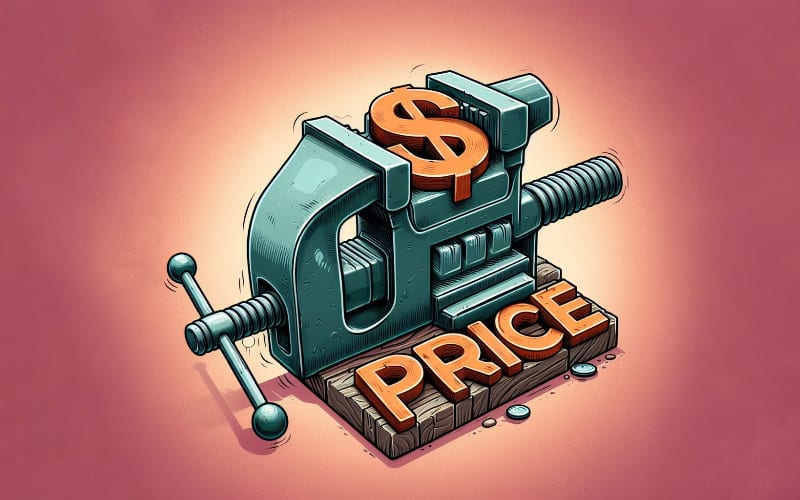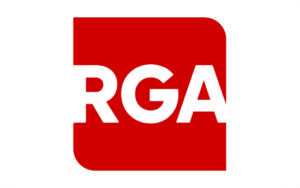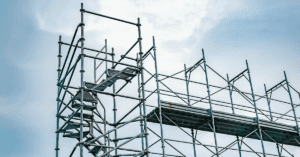Higher-layer retro & ILW’s seeing price pressure, competition

Sources of retrocessional reinsurance capital appear in greater supply at this January renewal season than a year ago, which has applied some pressure to rates-on-line at higher, more remote layers, while also shifting more of the balance of power back towards buyers in some cases, we understand.
We’re told a number of retro programs have been placed with rates down approximately ~10% to ~15% for the January 2024 renewals.
With ultimate net loss (UNL) traditional and collateralized retrocession seen as particularly competitive, given its broader coverage, this has also had a knock-on effect on the industry loss warranty (ILW) market, sources have told Artemis.
Increased appetites have been seen for the higher-layers of certain retrocession towers, resulting in a softening of pricing for these more risk-remote tranches of the retro market and the same can be said for the ILW marketplace.
This mirrors what has been seen in the catastrophe bond market, where risk-adjusted pricing has declined somewhat in the fourth-quarter of the year.
At the same time as appetites increasing, capital is more readily available this year and some traditional markets continue to display elevated desire to write catastrophe retro, which has lifted competition somewhat further.
Sources said that this has put more power back in the hands of retro buyers for 2024.
Capacity providers have held all the cards in retro over the last year or so. But, as appetites recover and some traditional markets look to secure greater shares, while the pricing still remains harder than before, this is applying pressure to retrocession rates and driving more power back to the protection buyer side.
It’s important to note, that conditions are not uniform and there remains a great deal of differentiation, we’re told.
But we understand some long-standing and trusted buyers of retro are seeing improved pricing and in some cases also certain terms, at the January 2024 renewals, while others are in the main experiencing a relatively flat and stable retro renewal, but with more capacity seemingly available in certain pockets.
We’re told that some retro programs have been placed with rates-on-line down ~10% to ~15%.
At the same time, where a year ago these programs may have seen numerous slips with individualised terms for different markets, the number of slips has been reduced dramatically and markets are less able to negotiate their own agreements this year.
Leading to a more balanced and even marketplace for retrocession, where it is the higher-layers that are seeing most price pressure, but the lower, higher-risk layers of retro continue to remain firm and largely with relatively flat pricing.
Some retro programs have been over-placed, given the higher appetites and greater availability of capacity, meaning some markets are getting signed down and taking less than they had hoped for.
So far, we’ve heard attachments are largely flat in retrocession, albeit with some adjustments seen, that have improved terms a little for buyers that felt particularly penalised in the last round of renewals.
Secondary perils remain out of favour though and tighter peril definitions and naming remains the norm.
In the market for industry loss warranties (ILW’s) conditions have been similar, with quotes for low rate-on-line ILW’s, so the more risk-remote, seen as down around the ~10% area, we’re told.
However, much of the ILW buying at year-end tends to begin as the retro renewals near or reach completion.
We’re told there remains retro capacity available which could affect the dynamics in the ILW market this new year, given UNL retro can often be seen as a better buy in coverage terms, if the pricing is conducive.
Higher rate-on-line (ROL) ILW’s in the market (so riskier) are producing quotes that are relatively flat, we understand, which is said to be turning heads back towards traditional and collateralized UNL retro protection as well and not driving the orders some might have anticipated.
While there remains a high level of appetite for deploying capital to ILW’s and some index markets are said to have funds available to deploy, there could be a bit of a delay in ILW’s starting to trade this year it seems, while the traditional retro renewals run their course.
As we have been reporting, the main reinsurance renewals appear largely stable, mostly flattish, with higher-layers experiencing the most price pressure and reinsurers largely holding the line on terms and conditions.
Retrocession appears quite similar, although perhaps with larger price declines being seen where competition and pressure from capital is greatest.
With some softening being seen, there is likely an element of certain markets aiming to make hay at this point in the cycle.
This had been forecast, with the areas that will see the greatest pressure on rates at the January 2024’s renewals always anticipated to have been in the higher-layers and the retrocession market.
Read all of our reinsurance renewals coverage here.






